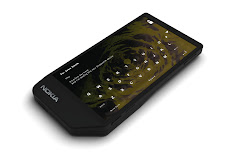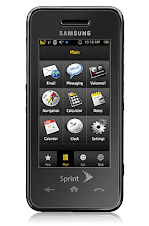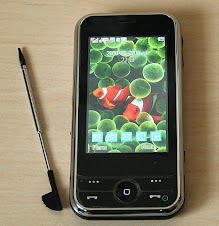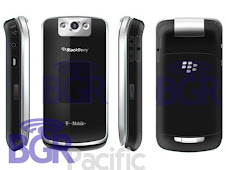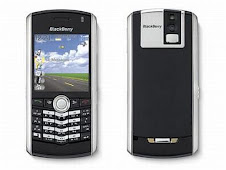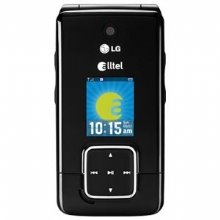
Our research examined the effects of hands-free cell phone conversations on simulated driving. We found that driving performance of both younger and older adults was influenced by cell phone conversations. Compared with single-task (i.e., drivingonly) conditions, when drivers used cell phones their reactions were 18% slower, their following distance was 12% greater, and they took 17% longer to recover the speed that was lost following braking. There was also a twofold increase in the number of rear-end collisions when drivers were conversing on a cell phone. These cellphone-induced effects were equivalent for younger and older adults, suggesting that older adults do not suffer a significantly greater penalty for talking on a cell phone while driving than compared with their younger counterparts. Interestingly, the net effect of having younger drivers converse on a cell phone was to make their average reactions equivalent to those of older drivers who were not using a cell phone. Actual or potential applications of this research include providing guidance for recommendations and regulations concerning the use of mobile technology while driving. http://www.lgphones.biz/
SEO Varanasi -
This research adopted a model of goal activation to study the mechanisms underlying interrupted task performance. The effects of interruption timing, type of interruption, and age on task time and primary task resumption time were explored under conditions in which attention was switched back and forth between two tasks, much as when drivers shift attention between attending to the road and to an in-vehicle task. The timing of interruptions had a significant impact on task resumption times, indicating that the most costly time to interrupt task performance is during the middle of a task. However, this effect was overshadowed by age-related performance decrements for older participants. Interruptions that prevented strategic rehearsal of goals resulted in longer resumption times as compared with interruptions that allowed rehearsal. Actual or potential applications of this research include the design of in-vehicle device user interfaces, the timing of invehicle messages, and current metrics for assessing driver distraction.
http://www.sonyericssonphones.biz/
old lg models -
nokia mobile - latest nokia is one of the best companies of the world.
Wholesale Handbags - Handbags 786 offering handbags wholesale with cheap price in your nearest handbags stores.
nokia phone price - Nokia offering you the latest nokia models along with best and cheap nokia phone prices in the world
The purpose of these two experiments is to investigate one possible mechanism that might account for an increase in crash risk with in-car phone use: a reduction in the functional field of view. In two between-subjects experiments, college undergraduates performed a task designed to measure the functional field of view in isolation and while performing a hands-free conversational task. In both experiments, the addition of the conversational task led to large reductions in the functional field of view. Because similar reductions have been shown to increase crash risk, reductions in the functional field of view by conversation may be an important mechanism involved in increased risk for crashes with in-car phone use. Actual or potential applications of this research include improving driver performance. http://www.nokiaphones.biz/
cosmetic dentist in washington dc -
